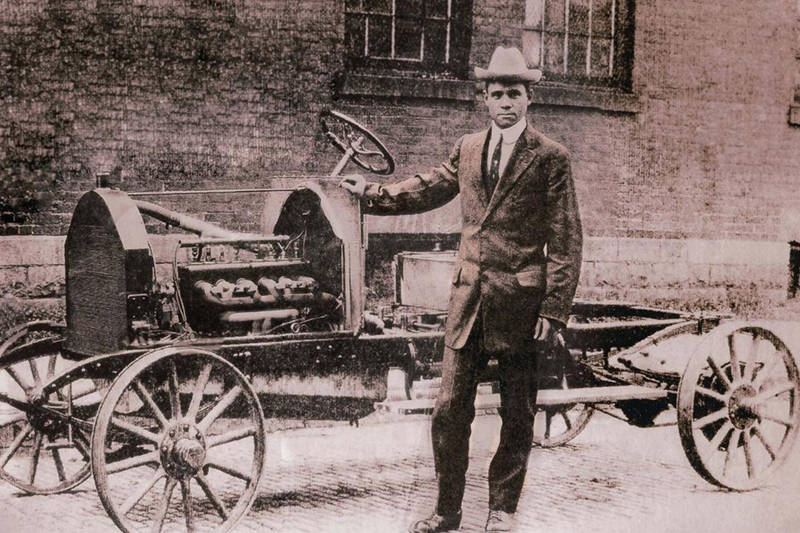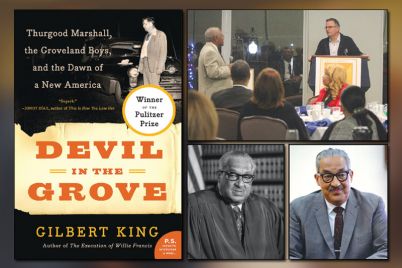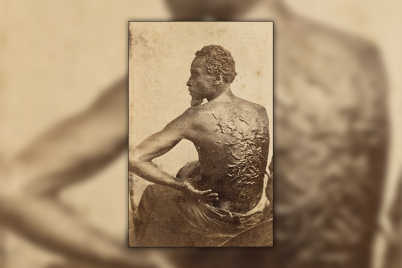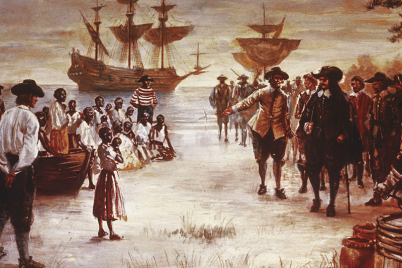BY JENNIFER GAMBLE-THEARD, M.ED., ASALH Historian
Although Black History Month occurs once a year for 28 days — unless it’s a leap year — there is so much more history about the triumphs and achievements of African Americans that are bursting out the archives of historical facts that should continue to be told even after February.
Information about individuals or groups of African American “firsts” represents those who were first in a variety of achievements. Knowledge of such outstanding achievements can serve an inspiration to continue to strive and reach to make a cultural change and social shifts.
Of course, we know that our beloved Dr. Carter G. Woodson was the first black professional historian, founder of Black History Week and founder of Association for the Study of African American Life and History (ASALH). Because of Woodson, we have organized means of information sharing from which we can develop a sense of pride in being descendants of enslaved people.
Presented here are some of the little known facts about those who came before us and perhaps the knowledge can serve as a reminder that possibilities to do great things have been in the past and will continue to be in the future.
Paul Cuffee of Westport, Mass., was the first African American to visit the White House where he had a one-on-one meeting in 1812 with a sitting president, James Madison. Cuffee was a successful shipbuilder, sea captain, merchant, entrepreneur, writer, lecturer, equal rights leader, and a hero to black people of that time.
He rose to prominence and became one of the wealthiest and well-respected men of color in the nation. Cuffee was recognized nationally and internationally, and as a maritime businessman, he was known in Europe, Africa, the Caribbean and South America.
One of his most noted endeavors was that he was the first to spearhead a movement for the descendants of Africans in America to willfully become involved with Africa for relocation and entrepreneurialism.
C.R. Patterson, although born enslaved, was the first African American to successfully build a horse-drawn carriage firm named C. R. Patterson & Sons, located in Greenfield, Ohio, in 1893.
By 1910, Patterson’s son, Frederick Patterson, received a degree from Ohio State University where he was the first black athlete on the football team.
Also, he was the first and only African American to expand his father’s business into an automobile manufacturing company. The C.R. Patterson and Sons Company, in 1915, marketed a car for $685.
The hand-built quality of the cars was highly regarded while at the same time was competition from machine automation beginning developed elsewhere. By the 1920s, under the business leadership of C.R. Patterson’s grandsons, the Patterson Company started to manufacture trucks and school buses for the Greenfield School District.
The Patterson family had the first African-American auto manufacturing business. It was sustained for several generations and earned a distinct place in African-American history, American history and automotive history.
Patricia Bath is a contemporary African-American female doctor who was the first to patent a medical invention, the Cataract Laserphaco Probe. Bath’s patent was for a method of removing cataract lenses using laser devices to make the procedure more accurate.
She published a book based on her research that demonstrated higher rates of blindness among African Americans. Bath developed a new field of study known as community ophthalmology, which was based on her recognition that blindness was more common among underserved populations both in the United States and around the world.
Bath also founded the American Institute for the Prevention of Blindness, which is the organization that supports the training of medical professionals and the treatment of individuals with eye problems around the world.
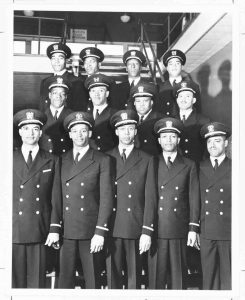
The Golden Thirteen
The Golden Thirteen was the first group of African-American commissioned naval officers in 1944. As trainees, all of them maintained a 3.89 GPA for their training during World War II. The group became the first black servicemen to complete officer training for the United States Navy.
Their training record has not been broken within the U.S. Navy today. At the time of their service, the navy was the most conservative and segregated branch of the U.S. armed forces. We know about the Tuskegee Airmen, but the Golden Thirteen is an added plus of black military excellence.
Pauli Murray was an American civil rights activist who became a lawyer, a women’s rights activist, Episcopal priest and author. She became an ordained priest in 1977, among the first generation of women priest.
In 1947, the National Council of Negro Women named her its “Woman of the Year” as did Mademoiselle magazine. Thurgood Marshall called Murray’s book, “Laws on Race and Color,” the bible of the Civil Rights Movement.
Some saw her as ahead of her time because her writings reflected a form of protest against discrimination based on race and sex. In 1966, she co-founded the National Organization for Women, and in 1971 Supreme Court Justice Ruth Bader Ginsburg added Murray as a co-author to her book, “Equal Protection” in recognition of Murray’s work on the book.
By 1977, she became the first African-American woman ordained as an Episcopal priest. In her later years, Murray’s work and focus were primarily in the ministry to the sick.
Jennifer Gamble-Theard, M.Ed. is a retired Pinellas County educator in the study of history and language. She is also the historian for the St. Petersburg Branch of ASALH.

